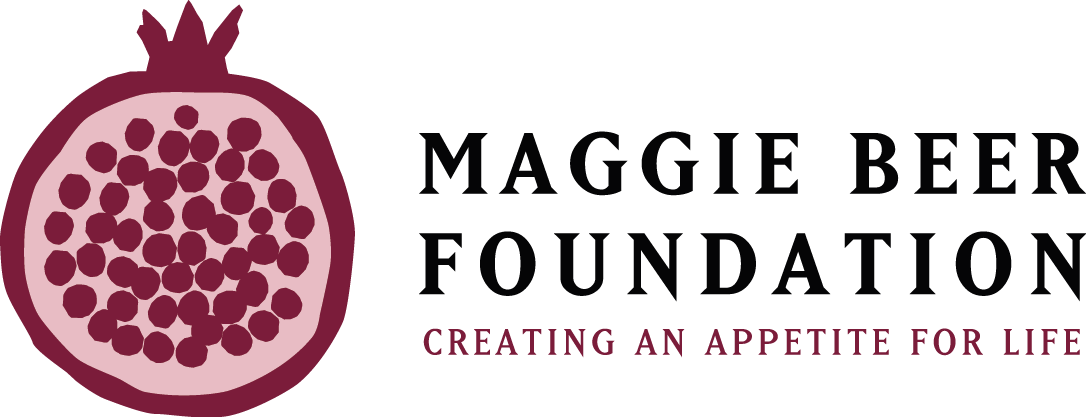During the cooler months we still need to be consuming 6-8 cups of fluid per day. Some of the most serious cases of dehydration occur in winter due to household heating and cold and flu illness. The good news is that fluid intake includes hot chocolate, custard, soup, jelly and even ice cream, on top of tea, coffee, milk, juice and water of course.
This month we share ideas and recipes to excite and hopefully inspire all to consume enough fluid daily.
Older people may have a reduced sense of thirst and need encouragement.
NSW Government, Central Coast Local Health District resource ‘Eating Well’ suggest:
- Having a ‘cuppa’ or milk drink at each meal and snack time (thirsty or not) will go a long way towards meeting daily fluid needs.
- Leave a glass of water where it can be easily seen E.g. near the phone or on a coffee table.
- Have a large glass of water with medicines.
- Ensure drinks are served at the desired temperature
- Offer fluids with a direct approach. Say “here is a drink for you” rather than asking “Do you want a drink?”
- Place a drink where it is easy to reach
- Choose high fluid foods
FLUID IS
- Essential for kidney function, helps prevent constipation, urinary track infections, thirst quenching, prevents dehydration which can worsen of cause confusion
- People who are incontinent sometimes want to limit their fluid intake. This is not a good idea as concentrated urine increases the desire to go to the toilet
WHAT ABOUT ALCOHOL?
- A small amount may stimulate the appetite
- Too much alcohol could replace food resulting in someone been poorly nourished
- As we age the liver is less able to deal with alcohol, consequently consumers may be more likely to fall or have another accident.
- Alcohol can interfere with some medicines and make conditions such as high blood pressure and diabetes worse.
RECIPES Smoothies are a great way to pack nutrients and protein in at snack times. Have a go at one of our recipes this month – Banana, Cocoa and Coconut smoothie or Orange and Almond Winter Smoothie


